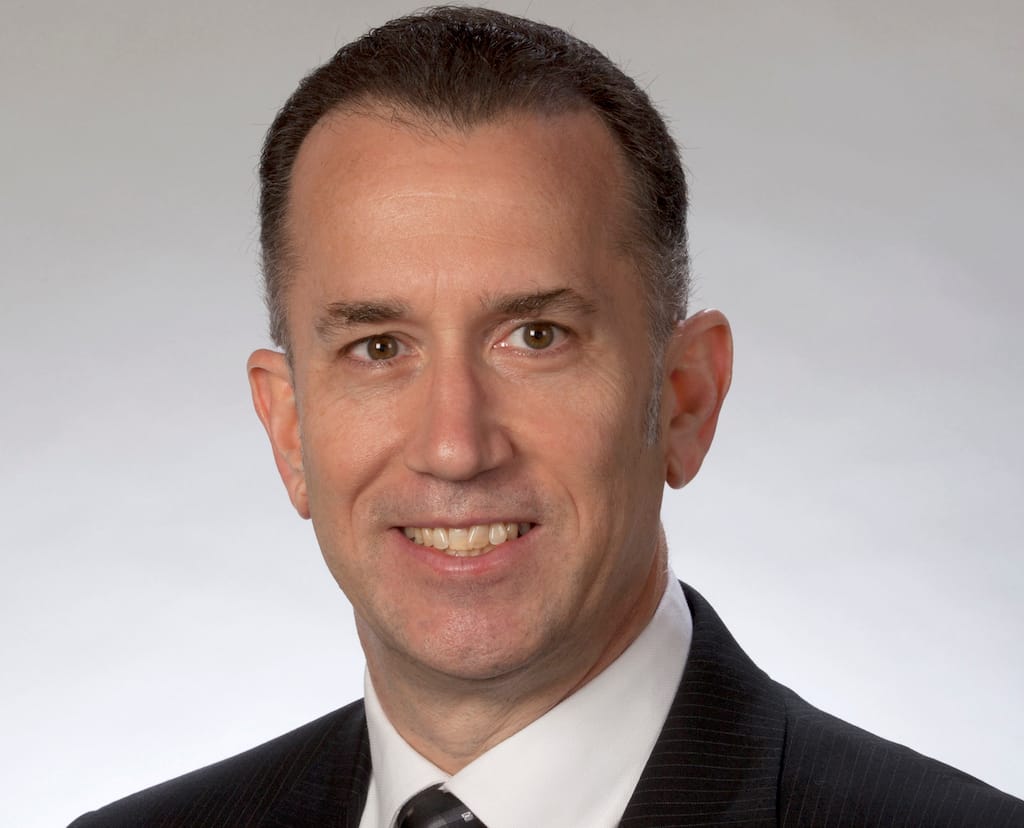John Cinicolo: The Benefits of Deploying Small Cells in the Next Phase of 5G
The true benefits of 5G are delivered with millimeter wavelength frequencies of 24 GigaHertz and above.

The digital divide continues to grow, but a solution may be here: small cells. As we enter into the next phase of 5G, cell carriers need to understand the importance of deploying small cells to increase connectivity and help close the digital gap that many Americans are facing. Here’s how small cells can help bridge the digital divide and what impact they will have on communities and the overall infrastructure market.
While 5G can be deployed across all frequency bands, the true benefits are delivered with mmWave (24 GigaHertz and above) frequencies. These frequencies support increased data bandwidth and speed over a smaller, dense user environment. In this context, 5G mmWave small cells are ideal as a targeted overlay for high bandwidth areas where 4G provides only the foundation of service.
At these frequencies, the benefits of 5G mmWave small cells include:
- High data rates/bitrate
- Very low latency
- Wide channel bandwidth for higher data capacity
- Small sized advanced antenna systems to implement high performance Massive-MIMO, RF Beamforming and Radio Frequency Beam Steering
However, the tradeoffs of 5G mmWave small cells include:
- Smaller coverage area due to Radio Frequency propagation characteristics, i.e. poor wall penetration
- Fronthaul requirements for high data capacity and throughput
- Handset designs required to support Radio Frequency benefits, i.e. Massive-MIMO antenna.
As 4G evolved, many enhancements were implemented such as MIMO and carrier aggregation, which improved performance. The additional performance improvements of 5G are somewhat dependent on frequency bands. At low bands (sub 3 GHz) the performance benefits over 4G are relatively minor since these bands have narrower channel bandwidth with a slower data rate. Coverage area is larger at these frequencies which is a benefit for use on macro towers. However, since antenna designs are a function of frequency, Massive-MIMO features require a relatively large and heavy antenna array which is not generally practical, so there are limitations in the implementation of those Radio Frequency enhancements.
The availability of Midband frequencies (3-6 GHz) has improved this, which includes C-Band and Auction 110 frequencies in the 3.4 GHz to 4 GHz range in the U.S. These frequencies offer a balance of coverage and performance including a wide channel bandwidth, but do not match the low latency and high data rate characteristics of mmWave. 5G deployment in this frequency range is practical in areas where total data throughput demand is high and coverage area requirements are moderate, so fewer small cells are required in this frequency compared to mmWave.
mmWave small cells provide the highest performance of 5G and are ideal for concentrated areas of high traffic and/or low latency requirements. The hardware is smaller in size due to the Radio Frequency design characteristics which reduces deployment restrictions and aesthetics. Due to its small coverage area this service would typically be targeted as an overlay of 4G service.
Overall, the implementation of 5G small cells must consider the frequency bands and their capabilities in order to meet the performance needs of the targeted area.
How small cells can mitigate local concerns of larger towers being developed
Radio Frequency characteristics are a key factor for determining macro network densification. For example, tall towers using low bands can serve a large coverage area, but that also means that its capacity is shared over that larger area. This is ideal for rural areas with low user density, but not so much for dense urban areas. Small cells are needed to further densify the mobile networks in areas where the coverage area and corresponding traffic demand is in line with the solution being designed.
As the frequency range increases, the size of antennas decreases. For example, a Massive MIMO antenna for a low band tower can be over 6 feet tall, yet the size of a postage stamp in a mmWave small cell is much smaller Therefore, higher frequency small cells can be more easily concealed, especially with mmWave small cells, and can be more easily approved by local entities.
The cellular infrastructure market in 2023
Tillman Digital Cities is focused on supporting mobile carriers in densifying their networks where they need it most: indoors. As we know, the majority of mobile calls are made indoors yet mobile coverage is generally more challenging. This is further impacted by new building construction materials for energy efficiency and LEED certification where Low-E glass significantly attenuates Radio Frequency signal penetration, resulting in poor indoor signal levels from the outdoor towers.
The challenge for mobile carriers is how to solve this problem for the vast majority of buildings that fall below their priorities which are driven most often by venue size. TDC’s approach to solve this indoor mobile coverage and capacity problem includes leveraging newer technologies that are more economical to deploy. This allows us to offer innovative and cost-effective options to both the mobile carriers and the real estate owners where TDC owns and manages these solutions over their lifespan including upgrades to new technologies and services. We see the increasing demand for indoor service, both coverage and capacity, across all venue types.
John Cinicolo leads Tillman Digital Cities’ Technical Operations function including solution architecture, technology strategy, program execution and technical services. Cinicolo has more than 35 years of experience building mobile technology business around the world in leadership roles with global network infrastructure provides and entrepreneurial startups. He holds a Bachelors of Engineering in Electrical and Computer Engineering from Concordia University in Montreal, Canada. This piece is exclusive to Broadband Breakfast.
Broadband Breakfast accepts commentary from informed observers of the broadband scene. Please send pieces to commentary@breakfast.media. The views reflected in Expert Opinion pieces do not necessarily reflect the views of Broadband Breakfast and Breakfast Media LLC.











Member discussion